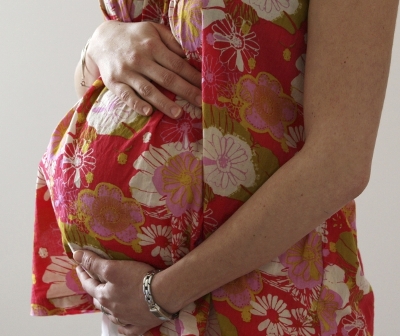According to the latest studies of the field, there might be a connection between a high number of bacteria at the site of placental rupture and women having their “water broken†prematurely, leading to preterm labor and birth.
The Results of the Study
The study shows that the presence of bacteria can be linked to the thinning of the membranes. However, there is need for further studies in order to find out whether the presence of bacteria is a cause or an effect of the weakening of the fetal membrane.
What do the Specialists have to say?
It is a known fact that the complications of premature birth can have long-term effects on both the children and the mothers. The main focus of the research has been on the water sac which breaks too soon in case of some women with the goal of understanding the mechanisms of preterm labor.
The Water Sac
The water sac is made of two cell layers, known as the chorion and amnion. These layers have an important role to play in maintaining the pregnancy during gestation. About one third of all preterm labors are a result of premature rupture of the membranes.
Facts
The previous researches have shown that more cells die in the chorion in case there is a bacterial infection and that the cell layer is thinner in case of women who experience premature birth. All this suggests that the infection may have a role to play in preterm labor.
The Study
During this study the specialists studied chorion membrane samples trying to find a pattern of bacteria that can be associated with the thinning of the membrane. The specialists collected samples from 48 women after giving birth. Then the researchers studied the chorion cells from the rupture site and farther away from the rupture site.
Conclusions
In all cases the chorion layer was thinner at the rupture site than in other places. Nonetheless, this has been the thinnest around the rupture site but it wasn’t isolated to it. In fact, the specialists have found that the overall chorion layer has been thinner than it was supposed to be. Then the researchers studied the bacteria levels and, indeed, bacteria have been present in all the cell layers.
The next step for the researchers is to identify the kind of bacteria that we are dealing with to decrease the number of premature births.







